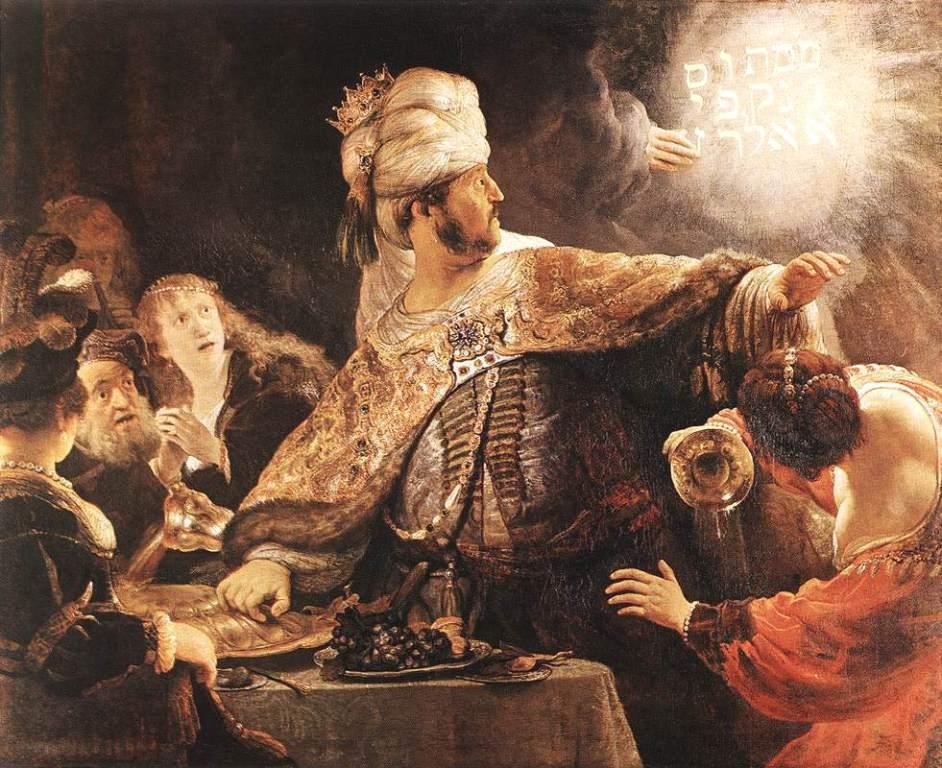Light and shadow are very important in Rembrandt’s work. He became, perhaps, the first painter who began to use deep psychological overtones in his paintings. Rembrandt’s works are entertaining in plot and magnificent in technique. Truly, Rembrandt was one of the most prominent painters of his era.
The Rape of Ganymede by Rembrandt van Rijn depicts the mythological plot of Ancient Greece. According to one version of the legend, Ganymede was distinguished by extraordinary beauty, which Zeus noticed, and, turning into an eagle, descended into the mortal world to kidnap him.
The painting is done in dark colors, so Rembrandt conveys the fear of a child who is being carried away to heaven by a large strong bird. The eagle is painted in dark brown colors and carries Ganymede by the hand. The fear of a small child, skillfully described by the artist, found many enthusiastic responses from connoisseurs of painting.
The mythological plots in Rembrandt’s paintings are saturated with realism. The canvases depict the life of the ancient Greeks, but Rembrandt conveys antiquity with the faces of modern Dutch. Rembrandt’s aesthetic views were as follows: he did not take ideal forms in painting, since, in his opinion, this does not correspond to reality and everything that surrounds us. Through paintings, every painting lover can feel and imbued with the ideas and worldview of the great artist.
Year of painting: 1635.
Dimensions of the painting: 130 x 171 cm.
Material: canvas.
Writing technique: oil.
Genre: mythological painting.
Style: baroque.
Gallery: private collection.



